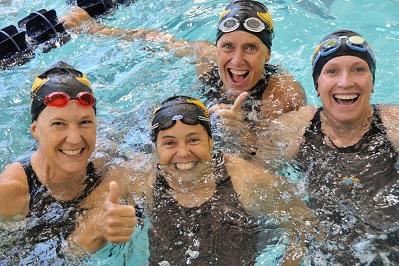
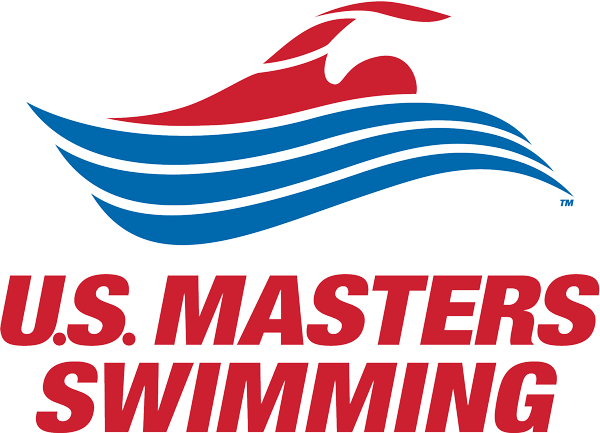 www.usms.org
www.usms.org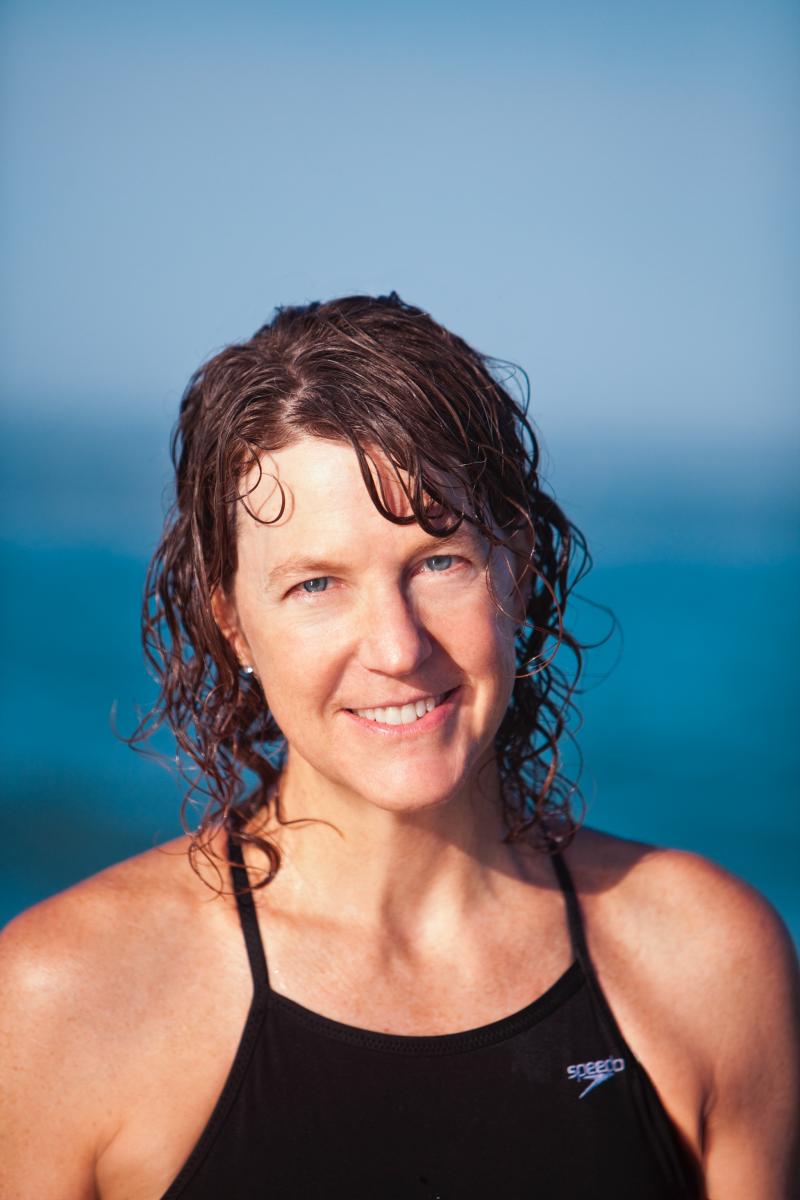
US Masters Swimming is a national nonprofit organization that provides membership benefits to nearly 64,000 Masters swimmers across the country. These benefits include insurance, SWIMMER magazine, sanctioned events and many others. USMS and its 52 Local Masters Swimming Committees (LMSCs) provide direct support to more than 1,500 Masters Swimming clubs and workout groups. Structure and organization of USMS programs vary and are driven by factors such as pool availability, instructor or coach availability, community support, and finances. The majority of locations offering Masters Swimming programs have coaches on deck. Coaches write workouts and provide feedback and instruction. A Masters swimmer is defined as an individual age 18 and up.
Sports Destination Management: The organization serves ages 18 and up; it does not serve swimmers of a specific skill level or even people who want to compete. Do people think otherwise?
Laura Hamel: That is one of the biggest misconceptions. Our membership is varied not only in age, but with a huge range of abilities and goals. We have a lot of information on our website that helps people understand the organization and what its goals are.
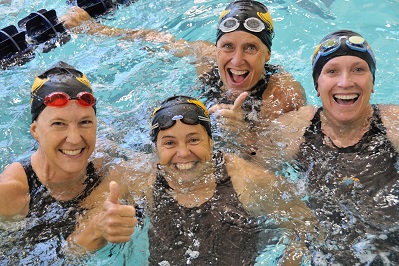
Hamel: It’s almost a classic Bell curve, representing ages 18 to 98 and older, but with the largest part of the membership in their 40s and 50s. We do have younger members, those who are just out of high school or college, who are just starting to work or raise a family; what we see most often, though, is people who are in their late 30s, who are established in their jobs and whose kids are more independent. At that point, they have more time for themselves and they are looking for something they'd enjoy doing. They might have gained weight or are looking to get back in shape. A lot of them are former swimmers from high school or college, or former lifeguards and they remember how much they loved the sport. Even the most burned-out Division I swimmers eventually find their way back to the pool.
SDM: Does USMS have any special membership initiatives?
Hamel: For the past two years our “April is Adult Learn-to-Swim Month” campaign has been a big focus for us, and we encourage all our clubs and workout groups to get involved with that. Historically, there's always been a push for kids to learn to swim, but adults are the forgotten demographic. A huge percentage, 37 percent, of American adults cannot swim the length of a pool. Eight to 10 people drown every day. Our planet is 70 percent water so swimming is a skill people should have. Still, there’s often a sense of shame among adults who can’t swim; they don’t want to take lessons with a bunch of little kids so they just stay out of the water, finding many ways to avoid facing their fears.
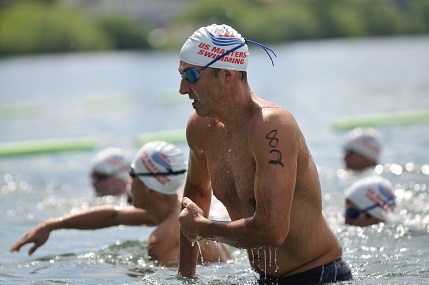
Something we've learned is that teaching adults to swim is very different from teaching kids; in fact, there is a real need for adult-focused lessons. We don’t just say that because we’re the adult swimming national governing body; it’s because we have seen adults learn, and we’ve seen what works. Some adults have a lifelong fear of water and that’s hard to overcome, but we see adult drowning as a problem we can solve.
SDM: USMS gives out grants so that these lessons can be taught.
Hamel: Yes, our Swimming Saves Lives Foundation is the charitable arm of USMS. The purpose of the SSLF is to advocate and raise awareness, and to serve as a resource for programs providing adult learn-to-swim lessons. We solicit charitable contributions from our membership and then provide grants to SSLF program providers. Our approach to adult drowning is two-pronged: In addition to providing grants for adult learn-to-swim programs, we certify adult learn-to-swim instructors. Through our Adult Learn-to-Swim Instructor Certification Program, people can become certified to teach adults how to swim. There are classes held across the country all year long and we’ve seen a high demand for this type of instruction and certification. And not just from swim coaches, but also facility directors, community groups, health clubs, and private swim schools.
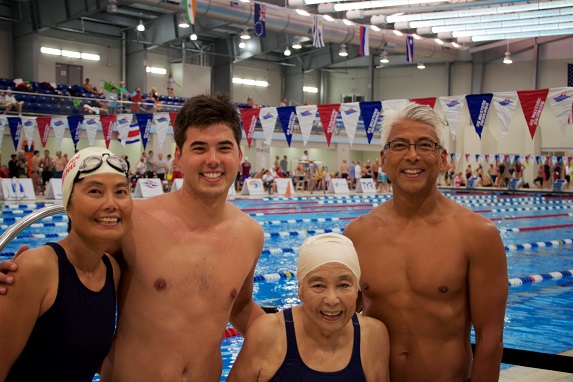
Hamel: Yes. But even if they never join one of our programs, it’s our hope that they’ll use their newfound swimming ability as a form of exercise that leads to a healthier lifestyle. We always tell people: You don’t even have to be a swimmer to join – you can just want to be a swimmer. The need to teach adults has really resonated with our membership, and many of our members volunteer in the ALTS classes, in addition to contributing financially.
SDM: So people in clubs aren’t hung up on who swims better or faster?
Hamel: No, we’re excited about our members whether they are Olympians or someone who just learned to swim.The remarkable thing about USMS is the really strong camaraderie among members. Of course, the exercise is amazing, and people are always glad to tell you they’ve lost weight or are in better health as a result of swimming. People write to us and tell us—I hear most of the stories—and there are a lot of people who have found a new lease on life in the pool. Sometimes it’s because of a health scare – they were just diagnosed with diabetes, for example. Sometimes it’s hard times, such as a divorce, and they find solace in the pool. But they all talk about finding a home—an extended family— participating in a healthy activity they love.
Our membership has grown by more than 50 percent in the last seven years. We started seeing that growth in 2008 or 2009, when everyone was having hard times. My personal opinion was that people didn’t buy as many homes or go on fancy vacations, but they made resolutions that pertained to their health.
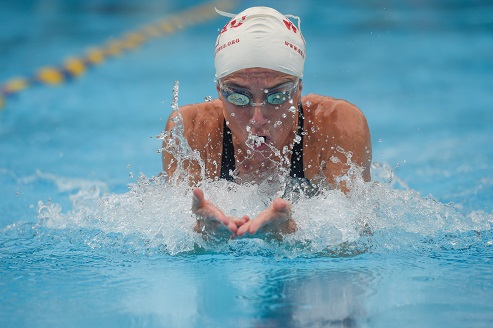
SDM: One of the things USMS does is offer competitions for those who are interested.
Hamel: U.S. Masters Swimming holds two national championship pool meets each year. Spring Nationals are held in April or May and are contested in a short course venue. Summer Nationals are held in July or August and are contested in a long course venue. FINA sponsors the Masters world championship long course meet in odd-numbered years, and UANA sponsors the Pan American championship in even-numbered years (changed as of 2015/2016 seasons).
SDM: What does USMS look for in a host city?
Hamel: There is a link on our website for areas that are interested. Our committee solicits bids from all over the country. We hear from convention and visitors bureaus, sports commissions, universities, you name it. The committees review all the bids. Basically, a facility will have to have so many lanes of warm-up space, the correct pool depth and temperature, spectator facilities, somewhere people can get food and so on. They also like to make sure they don’t stay one coast or the other more than a few years in a row.
SDM: Are there other events?
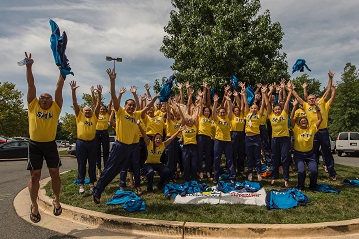
SDM: What do you know about the spending power of USMS members when they travel to competitions?
Hamel: They’ll definitely spend money to travel. Many USMS members have a high degree of education and income. Spring Nationals will bring 1,800 to 1,900 athletes (that’s not even including their families, which can swell that number considerably). For Summer Nationals, there will be 700 to 1,000 athletes. We do event previews in our magazine twice a year so our members know all about the cities and what’s available there – not just how big the pool is, but the attractions, where the hotels are, and more.
SDM: Does your magazine deal just with swimming topics?
Hamel: We have articles on many topics of interest to our members, regardless of whether or not they compete or swim fast. Many are on swimming technique, which all members are interested in. Proper technique is critical for efficiency and injury prevention. We also publish articles about cross training, nutrition, sports medicine, and health and fitness topics. Articles in our magazine and on our website aren’t geared only toward the competitive swimmer, they’re also written to what we think of as the ‘pre-swimmer’ and everyone in between. We have a diverse membership and we try to cater to all types of swimmers. And we see everyone as a potential member and we want them to know they’re welcome here.

